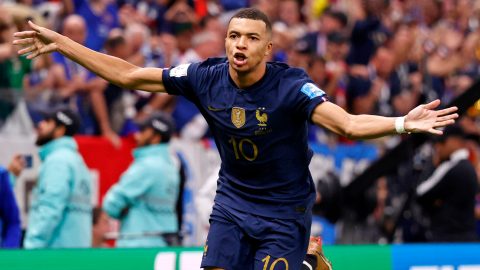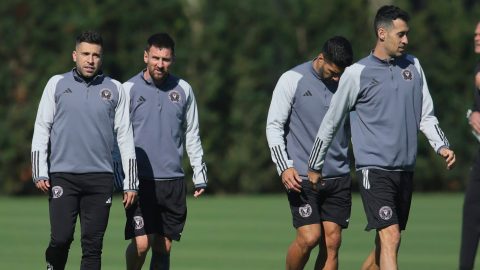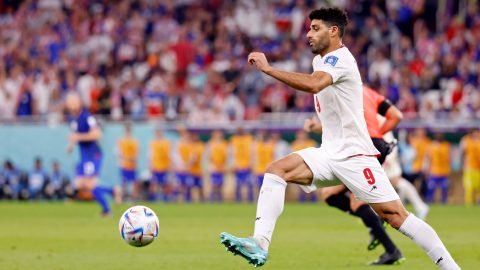The United States Men’s U-23 National Soccer Team serves two main purposes. The first is to qualify for, and participate in, the soccer tournament at the Olympic games. The second is to provide the nucleus of players for tomorrow’s senior national team.
The current crop of U-23s failed to qualify for the 2012 Olympic games. It finished third in group A of the CONCACAF Olympic qualifying tournament, and must now watch in agony as Canada and El Salvador advance to play in the winner-take-all, semifinal round. This can’t be viewed as anything other than a collective defeat. The U.S. Soccer Federation, the coaching staff headed up by Caleb Porter and the players themselves all came up short.
This is the first of a multi-part look at the team’s collective shortcomings. It starts with the players on the field.
The tournament’s group stage requires each team to play three games in a five-day span. It is a test of endurance, depth, quality and focus that the Americans did not pass. There simply were not enough players who were good enough to do the job at this moment in time. And it does not bode well for their international futures.
The U.S. was admittedly shorthanded last week. Jozy Altidore, Danny Williams, Tim Chandler, Josh Gatt and Alfredo Morales were not available because they are playing first-team games (some more than others) with their clubs in Europe. Also, starting forward Juan Agudelo suffered a torn meniscus in his knee during the 6-0 victory over Cuba in the opening game.
Even without these players, nobody could predict the U.S. would suffer death by just six cuts. But there was a startling lack of depth — particularly among the veteran players in the group. They lacked the street-smarts to manage game situations against nominally weaker opponents, who may have been playing some of the best soccer of their lives.
Take a look at the six oldest players on the roster — the ones born before 1990 — and you’ll be hard pressed to find any who have made a significant impact at the professional level (at home or abroad). After almost three seasons in Portugal, Tony Taylor has yet to play a first-division game with Estoril Praia. Sean Johnson, Ike Opara, Michael Stephens, Jorge Villafana fall well short of “elite” status in Major League Soccer.
Although Freddy Adu‘s professional career has been marked by fits and starts, the 22-year-old attacker gladly accepted and embraced a leadership role before the start of the tournament. He may have been the best player on the field in Monday’s fateful draw with El Salvador, but the team captain must accept responsibility for not shepherding his flock through the tricky test the Salvadorans posed.
At this point, Adu is a long-shot to make the 23-man U.S. roster for the 2014 FIFA World Cup. The other players mentioned barely appear on the radar at the senior level.
Last August, the FIFA U-20 World Cup took place in Colombia. The U.S. failed to qualify for that tournament as well. The Americans won both group games, but suffered a shocking defeat to host Guatemala in the quarterfinal round. Four players from that group — Amobi Okugo, Joe Gyau, Perry Kitchen and Zarek Valentin — played a part in the Olympic team’s failure.
There is some talent in the group. Brek Shea has reached “best 11” status in MLS. Shea, Agudelo, Teal Bunbury and Bill Hamid have all spent a good deal of time with the senior national team in recent months. But there weren’t enough players of their caliber on this team — particularly among the veterans. If the Olympics took place a year later, the U-23s would be booking tickets to London.
Earlier this month, there was talk of a possible “golden generation” of young players coming through the U.S. system. Events on the field have shown that prediction to be wide of the mark. America’s best male U-23 players fall well short of the level of the world’s best. Those players will be on display next summer in London.
More worrying is the fact that they have failed to match the standards set by previous U.S. teams. Other countries in the region have shown improvement at this age level, and the days of United States breezing through qualification tournaments seem to have ended.
Have a question for Marcus Kwesi O’Mard? Send it to him via Twitter at @NESNsoccer, NESN Soccer’s Facebook page or send it here. He will pick a few questions to answer every week for his mailbag.



